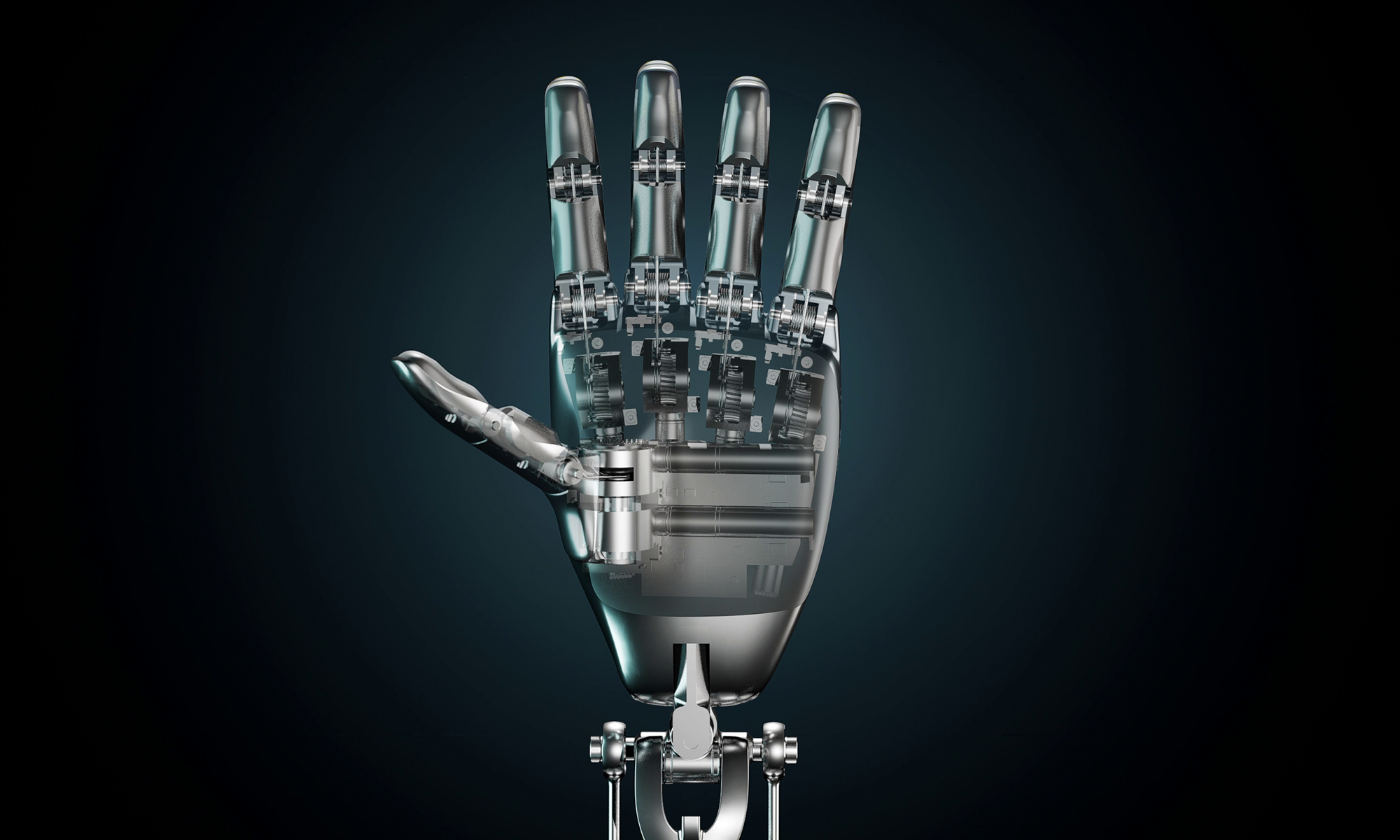Over the weekend, electric-car maker Tesla Motors (TSLA 2.10%) beamed a key update for its "enhanced" autopilot to vehicles with its October-introduced sensor suite, or what Tesla calls its hardware two vehicles (HW2).
But there's a catch. Besides the first 1,000 vehicles already running the new software, this update for Tesla's driver-assist technology is only operating in "non-actuating mode to assess reliability," Tesla CEO Elon Musk explained on Twitter. The full rollout of the new features, if everything "looks good," will happen by the end of the week, Musk said.

Inside Tesla's model X. Image source: The Motley Fool.
The next steps for Autopilot
Tesla's upcoming Autopilot for HW2 vehicles will be aimed mostly at catching up Tesla's HW2 vehicles to its HW1 vehicles. The update should include "most" of the functionality from HW1 vehicles, Musk explained on Twitter in December. This is in line with the company's initial plan for the new technology. When Tesla first announced its new autopilot sensors, it said HW2 vehicles would initially lack HW1 features as it validates the sensors with more robust driving data.
Over time, of course, Tesla expects the improved sensor suite to deliver an upgraded autopilot experience, which Tesla calls enhanced autopilot. And the company says the sensors will eventually be enough to enable autonomous driving. But Tesla will need to extensively validate and refine self-driving features, as well as obtain regulatory approval.

Enhanced autopilot. Image source: Tesla Motors.
This autopilot update is just one of many new features Tesla plans to deliver wireless to its vehicles in the near future. After following through with its promised updates for its original autopilot announcement in October 2014, the company has recently been more transparent about the next steps for the driver-assist technology. For instance, Musk tweeted this weekend that there are still "many improvements" to be released for its HW1 vehicles "over the course of the year." And Tesla has promised a range of new features to eventually make it to enhanced autopilot, including:
- Automatic lane changes without requiring driver input
- Transitions from one freeway to another
- Exiting the freeway
- Self-parking when near a parking spot
However, as Tesla's autopilot features more closely resemble autonomous driving, the company is careful to emphasize that these new features are "subject to regulatory approval."
Tesla has also been transparent about its plan to make HW2 vehicles fully autonomous. The company says its vehicles will be able to take drivers from their home to their destination without any input and then park autonomously after dropping drivers off. While regulatory hurdles will probably push these updates out several years, Tesla has said it will demonstrate a self-driven cross-country trip this year.

Tesla demonstrates its new hardware's capabilities on a drive in Calfornia. Image source: Tesla Motors.
A continuous stream of new autopilot features, particularly in 2017 and 2018, will be important for the company as Tesla increases production from a current annualized annual run rate of 100,000 units to a plan for annual production of 500,000 units in 2018. In the company's most recent shareholder letter, Tesla listed enhanced autopilot and the hardware for full self-driving capability among expected catalysts to help "drive strong vehicle order growth."






